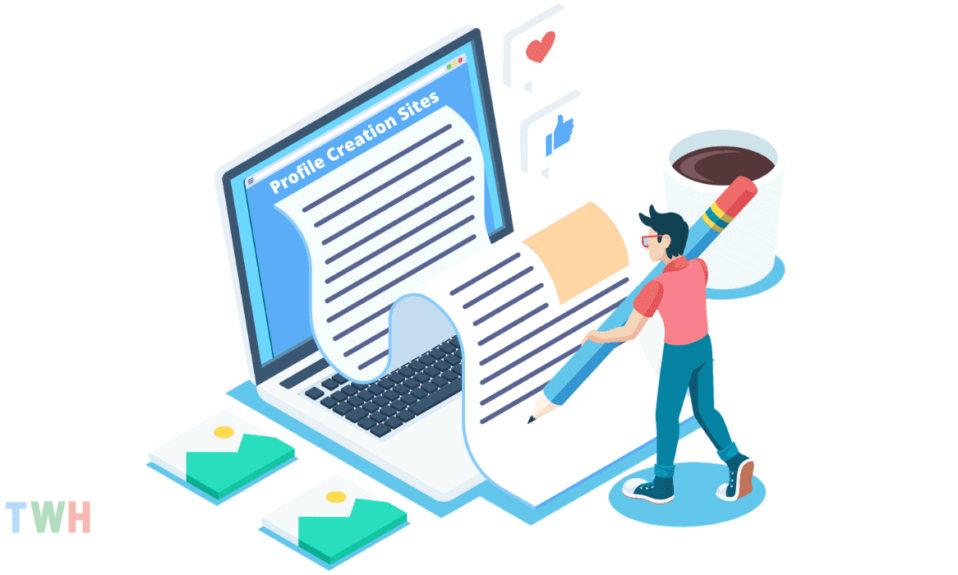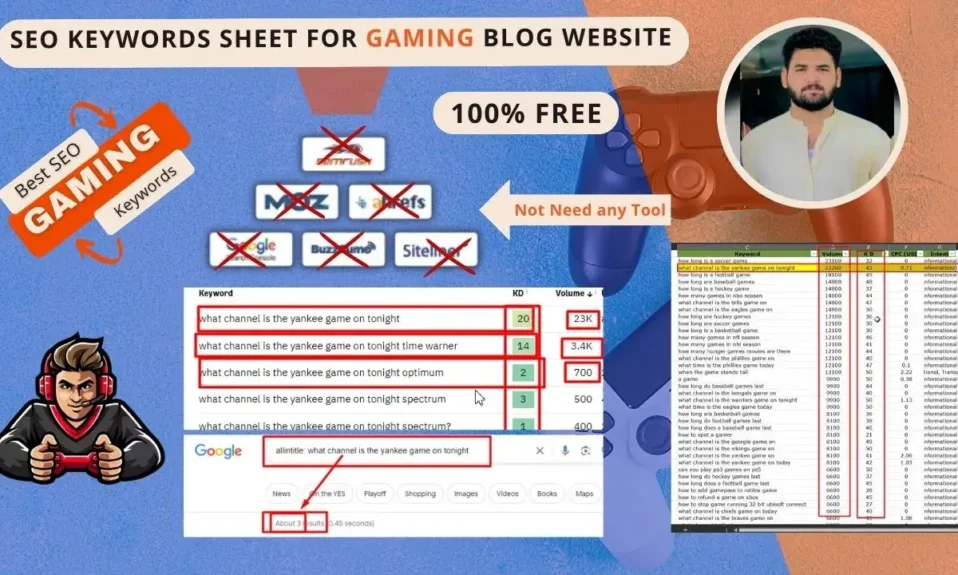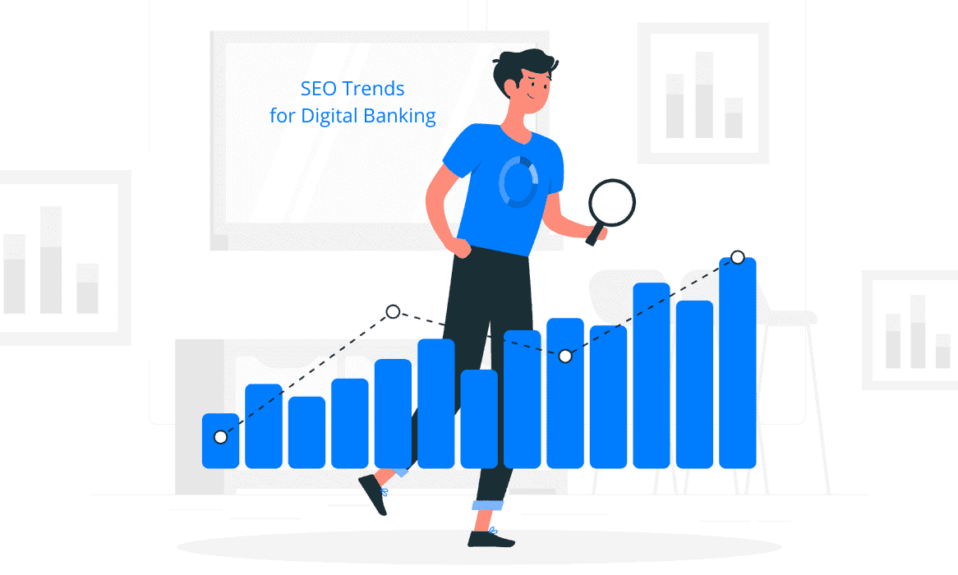
First-party information has been the discuss of the advertising and marketing trade for years now.
With ever-tightening person information privateness legal guidelines and rules, it’s crucial that entrepreneurs embrace a world with little-to-no information cookies.
We’ve got to get extra artistic on find out how to legally, and ethically, seize buyer data.
Unsure what first-party information is? Or not fairly certain the place to begin with a first-party information advertising and marketing technique?
Observe alongside to know what first-party information is, the way it differs from different information varieties, and find out how to apply it to your individual enterprise.
What Is First-Social gathering Knowledge?
First-party information is data or information factors an organization collects from its prospects.
One of these information is collected via the enterprise’ owned digital channels, with the consent given by the customers to have their information collected.
In comparison with second-party and third-party information, first-party information is often thought-about essentially the most dependable as a result of it comes instantly from the shopper.
First-Social gathering Knowledge, Second-Social gathering Knowledge, And Third-Social gathering Knowledge Defined
Let’s dive in additional between the three information varieties, how information is collected, and when and the place to make use of them.
First-Social gathering Knowledge Defined
First-party information is any information level collected by a enterprise instantly from customers or prospects.
There are a lot of methods first-party information may be collected from an viewers. Some examples embody:
- Web site or app analytics. Usually, this data is gathered from person interactions on an internet site or in an app. Knowledge factors can embody demographics, location, web page views, clicks, purchases, or time on web site.
- Electronic mail advertising and marketing lists. Subscriber information from e-mail campaigns, newsletters, or extra e-mail interactions.
- Buyer relationship administration (CRM) programs. Knowledge housed inside an organization’s CRM system, often after a buyer purchases. It often shops buyer profile data, buy historical past, customer support interactions, and extra.
- Social media accounts. Knowledge collected from social media profiles and interactions with an organization via their social media accounts.
- Surveys. Responses from prospects, which may embody information factors like demographics, e-mail, contact data, and extra.
- Buyer suggestions. One of these suggestions may be collected via a number of channels, similar to web site on-line chat or product critiques, simply to call just a few.
With a view to gather first-party information, a person has to consent to their information being collected.
Usually, corporations put a monitoring pixel on their web site or app. Upon a buyer’s first go to to a kind of, they’re often served some form of banner or pop-up asking them to consent to trace conduct.
If a person consents and accepts, quite a few information factors (just like the above described) are gathered and saved in a CRM system.
Corporations primarily use first-party information for customized advertising and marketing efforts and enhancing buyer experiences.
Moreover, it helps companies make extra knowledgeable selections from the info by analyzing the conduct of their precise prospects.
Second-Social gathering Knowledge Defined
Second-party information is typically confused with third-party information.
Merely put, consider second-party information as “secondhand” information. It’s information that an organization didn’t gather itself however shared instantly from one firm to a different.
What makes this totally different than third-party information is that it’s not bought or bought from one other firm.
Normally, the info is shared as a part of a partnership or mutually useful settlement between two corporations.
Under are just a few examples of how second-party information can be utilized in follow.
- A journey agent companions with sure airways, accommodations, or automobile rental corporations to realize entry to their reserving and reservation information. This then can enable a journey company to supply customized packages, reductions, and proposals to prospects.
- A well being and wellness app collaborates with a wearables machine firm (i.e., smartwatch). The app can gather wearable information factors from a person, similar to coronary heart fee, step counts, and sleep patterns. The wellness app makes use of that information to supply customized insights and proposals to a buyer.
- An academic expertise firm desires to companion with colleges or universities to collect information on pupil educational efficiency and studying. The expertise firm then makes use of this information to tell future academic content material to enhance pupil studying.
Second-party information is primarily used to increase datasets on an organization’s first-party information set.
One of these information sharing permits corporations to realize information from trusted companions to get a greater, extra complete view of their target market with out having to undergo the heavy lifting of amassing the info themselves.
Third-Social gathering Knowledge Defined
Third-party information is information collected by an exterior supply, which is then bought to companies for numerous causes.
The most important distinction between third-party and first/second-party information is that there is no such thing as a true connection to the shopper.
Moreover, as a result of third-party information is bought in massive portions, the info is aggregated and anonymized to satisfy privateness rules.
Third-party information can come from quite a lot of sources, together with data from:
- Public data.
- Authorities companies.
- On-line actions or web site cookies.
- Social media accounts or profiles.
There are each advantages and disadvantages to third-party information.
One of many most important advantages of third-party information is that it’s comparatively straightforward to purchase massive information units of demographic or behavioral data in your target market.
Maybe the most important downfall of third-party information is the reliability or accuracy of the info bought.
Just a few examples of third-party information utilized in follow embody:
- An actual property firm will get third-party information from public data, together with data on property values, property traits, and extra. This helps the true property firm with property value determinations, market evaluation, and find out how to higher market actual property listings.
- A web-based retailer desires to cross-sell or upsell extra merchandise to its prospects, so it purchases third-party information to research buyer buy conduct to assist predict related cross-selling alternatives on its web site.
- Pharmaceutical corporations could buy third-party information on prescription treatment utilization so as to align their advertising and marketing efforts with present healthcare tendencies.
In comparison with first-party information, it’s thought-about much less dependable because it’s not data coming instantly out of your prospects.
Third-party information is primarily utilized by corporations to enrich first-party information. It’s not sensible to rely solely on third-party information for advertising and marketing efforts.
Utilizing third-party information to research tendencies and conduct in your better target market is a greater option to leverage massive information units.
What Are The Limitations Of First-Social gathering Knowledge?
Whereas first-party information is taken into account essentially the most dependable and correct for companies, it does include some pitfalls and limitations.
Under are just a few drawbacks to first-party information assortment.
- Restricted scale. Since first-party information is proscribed to the knowledge a buyer supplies, or the interactions an organization has with its customers, information units may be restricted by dimension. Particularly for newer companies or area of interest corporations, it could be troublesome to realize statistical significance or be capable to attain a wider viewers at scale.
- Sampling variety issues. Much like the above, with restricted scale, an organization may run right into a low sampling variety when analyzing information. It may result in skewed buyer demographic insights and should not precisely replicate a wider goal market.
- Knowledge privateness issues. All corporations, no matter how they’re amassing first-party information, want to remain up-to-date on person information privateness rules always. This takes time and worker sources to make sure compliance is reached.
- Knowledge decay. That is referred to when buyer profile data turns into outdated. Examples of this may embody if a buyer strikes, modifications their cellphone quantity or e-mail handle, and might result in inaccurate buyer profiles.
- Useful resource intensive. Gathering and amassing first-party information takes time. It’s not a “one-and-done” activity. First-party information requires a degree of sustaining after its collected, whether or not that comes from investing in expertise, information evaluation, and/or sustaining correct buyer data over time.
Don’t let these limitations scare you away from utilizing first-party information to its full potential.
Subsequent, we’ll dive into alternative ways to make your information work more durable, and smarter, for your online business.
How To Use First-Social gathering Knowledge
You’ve spent all this time amassing and organizing first-party information for your online business.
So, what’s one of the simplest ways to make use of it?
Imagine it or not, there’s much more you need to use first-party information for than advertising and marketing campaigns.
Under are 5 examples of the way to make use of first-party information extra holistically for your online business.
1. Broaden And Optimize Advertising Marketing campaign Focusing on
For those who’re trying to increase your advertising and marketing efforts to a wider viewers however are uncertain the place to begin, begin along with your first-party information.
If massive sufficient, first-party buyer lists may be became lookalike audiences in promoting platforms to assist attain a broader viewers with related traits as your present prospects.
For present marketing campaign optimization, strive segmenting buyer teams by sure traits.
Smaller, customized segments enable for extra correct and customized messaging to these customers, which might help enhance conversion charges, buyer loyalty, and extra.
2. Encourage Buyer Loyalty
Most prospects prefer to really feel rewarded by repeated loyalty to a model. This might come within the type of a particular loyalty program, particular reductions or gross sales, or birthday recognition items.
Utilizing first-party information that captures buy historical past and private data like date of delivery and turning it into particular incentives might help retain precious prospects longer.
3. Prioritize Product Enhancements
That is an typically neglected option to make the most of first-party information as a result of it comes again right down to the corporate and product itself.
Taking the time to evaluate buyer suggestions and survey responses helps determine buyer ache factors, opinions, and what they love.
Capturing these information factors regularly might help corporations pivot to take motion faster on buyer ache factors and prioritize product improvement efforts to enhance buyer satisfaction.
4. Optimize Content material Technique
First-party information can be useful for content material optimization methods.
Gathering data similar to buyer engagement metrics can inform what matters or classes customers resonate with most.
Shifting advert, social, or web site content material to what resonates with prospects might help higher appeal to customers faster, which may then assist result in extra prospects.
As with all content material improvement, remember to make sure model voice and tone are constant and genuine throughout all channels.
5. Predictive Analytics For Knowledge-driven Selections
In case you have a big set of first-party information, it may be used to construct predictive fashions to forecast buyer conduct, future gross sales and income, churn charges, and extra.
Utilizing this data strategically guides higher selections made instantly out of your information.
Predictive modeling additionally lends a hand at outlining a typical buyer’s journey, which helps determine steps and interactions a person takes earlier than buying.
Do We Want To Think about Zero-Social gathering Knowledge For The Future?
Third-party cookie deprecation has been on the docket for some time now.
As of October 2023, Google introduced it’ll disable third-party cookies for 1% of Chrome customers beginning in Q1 2024.
Whereas that won’t sound like rather a lot, the beginning of disabling cookies means entrepreneurs have to be proactive in 2024 a couple of zero-party information technique sooner or later.
Zero-party information is taken into account information given to an organization instantly from the customers themselves.
The info is willingly shared with an organization via shops similar to:
- Surveys.
- Kinds.
- Direct interactions with a enterprise.
Examples of zero-party information are just like first-party information and might embody:
- Personalization information.
- Buy intent.
- Consumer account information.
- Suggestions and critiques.
- Survey responses.
Integrating a zero-party information technique advantages companies as a result of it will probably take customized advertising and marketing and buyer experiences to the following degree.
To begin gathering zero-party information, it could be worthwhile to incentivize customers to supply their precious data – also referred to as a price change.
A person supplies an organization with their private data in return for one thing of worth to the shopper, similar to a product low cost.
Finally, zero-party information helps construct buyer belief, will increase person engagement, and drives increased conversion charges and repeat prospects.
When integrating any sort of knowledge technique, at all times be sure you hold person privateness and consent on the forefront of your thoughts.
Not solely is it moral, nevertheless it’s changing into a authorized requirement in virtually all areas.
Extra sources:
Featured Picture: Piscine26/Shutterstock
#FirstParty #Knowledge












